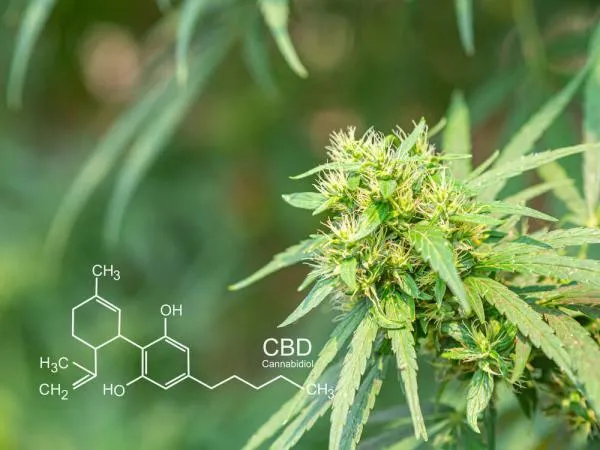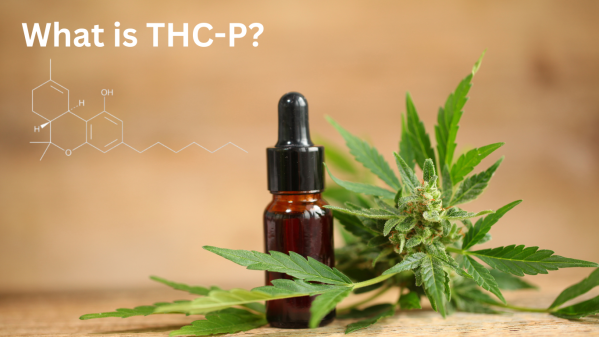Cannabis has been used for centuries for its medicinal and recreational effects, but what many people don’t know is that it interacts with a vital system in our bodies called the endocannabinoid system (ECS). This system is responsible for keeping things balanced – kind of like your body's internal thermostat for health and well-being. So, what exactly does the ECS do, how does it work, and why does cannabis have such a powerful effect on it? Let’s dive in!
What Does the Endocannabinoid System Do?
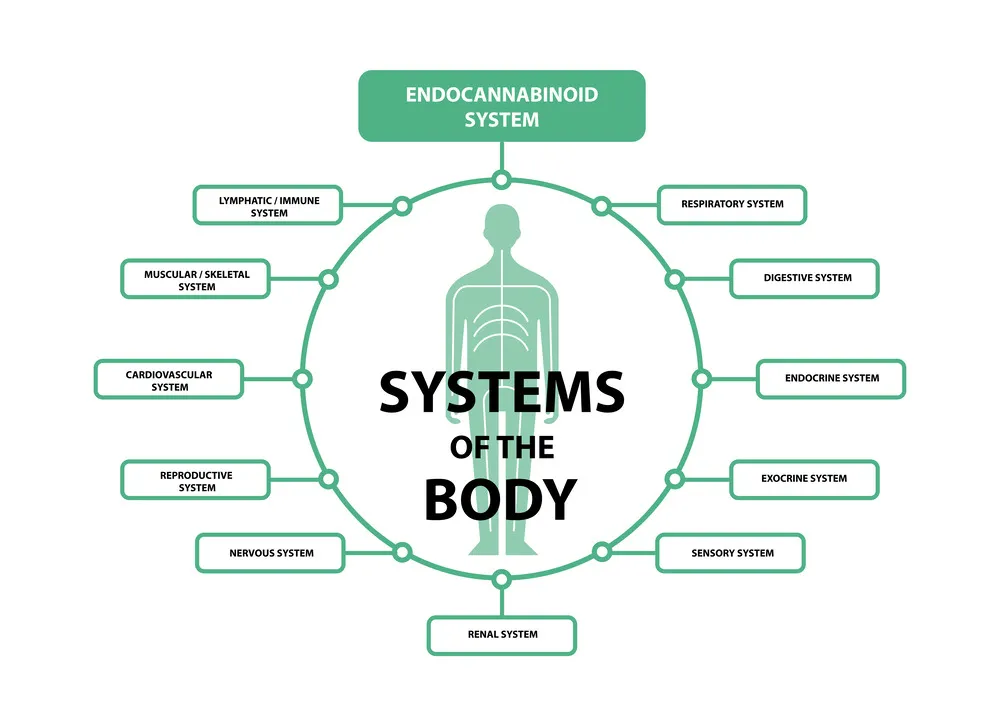
The ECS is a biological control center that helps regulate a bunch of crucial bodily functions. Some of the key functions it influences include:
Mood: The ECS helps regulate stress, anxiety, and overall emotional balance. Research indicates that endocannabinoid signalling plays a crucial role in modulating stress responses and emotional processing. Nature
Pain Perception: The ECS plays a role in how we feel pain and how the body responds to injuries. It modulates neuronal activity and network function, influencing pain control mechanisms. PMC
Appetite and Digestion: The ECS can influence cravings and regulates metabolism. It helps control eating behaviours and energy balance. Endocrine Reviews
Sleep: The ECS affects sleep cycles and overall rest quality. It plays a role in regulating sleep patterns and may influence sleep-related processes. Harvard Health
Immune Response: The ECS helps keep inflammation in check and supports immune function. It regulates inflammatory and immune responses, contributing to the body's defense mechanisms. Harvard Health
Memory and Learning: The ECS is involved in brain function, including focus and retention. It regulates learning and memory processes, impacting cognitive functions. Harvard Health
Essentially, the ECS is the body's built-in wellness manager, working 24/7 to keep everything in harmony.
How Does the Endocannabinoid System Work?
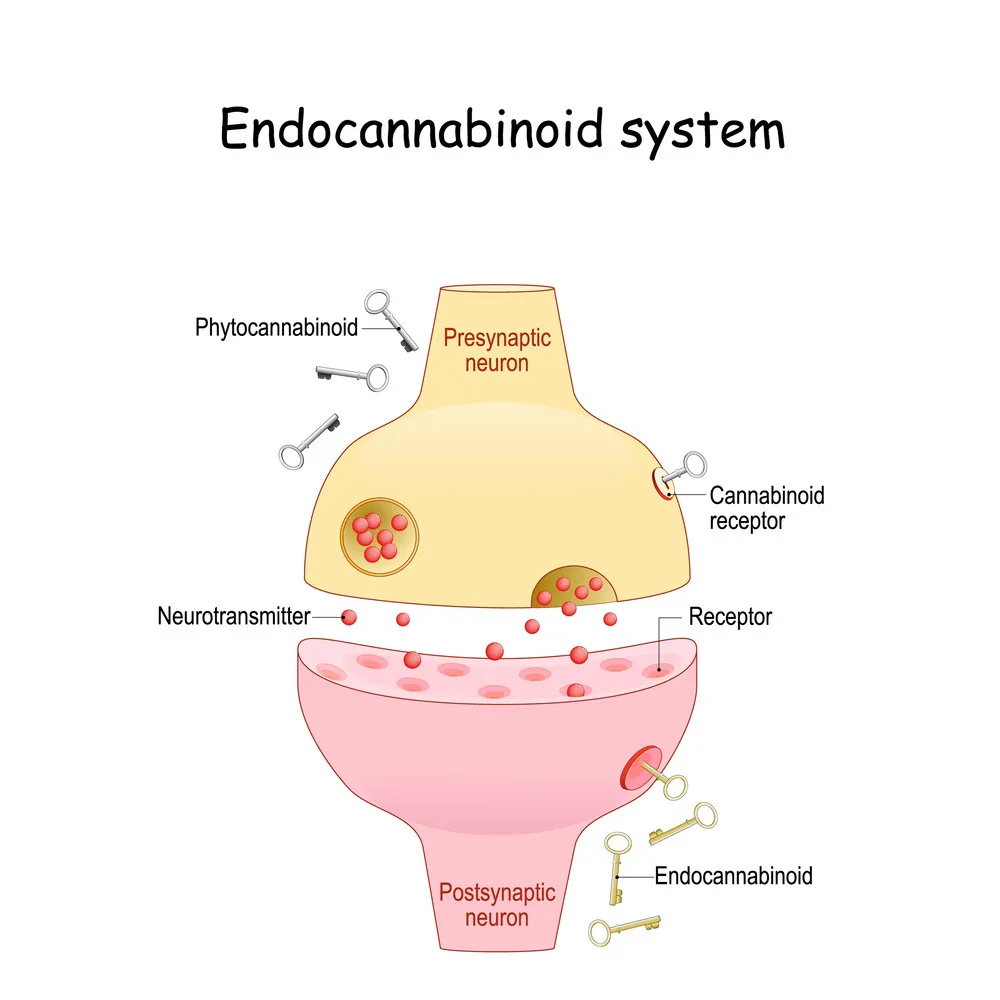
The ECS operates through three main components: endocannabinoids, receptors, and enzymes. Each of these plays a specific role in keeping the system balanced. MDPI
Endocannabinoids – The Body’s Natural “Cannabis”
- Anandamide (AEA): Often referred to as the “bliss molecule,” anandamide is linked to mood, pleasure, and relaxation. It binds to cannabinoid receptors, influencing behaviour and emotional states.
- 2-Arachidonoylglycerol (2-AG): This endocannabinoid is involved in immune function and pain regulation. It acts as a full agonist of both CB1 and CB2 receptors, playing a role in maintaining homeostasis.
Receptors – The Body’s Control Panels
- CB1 Receptors: Predominantly located in the brain and central nervous system, CB1 receptors influence mood, memory, and pain perception. They are also found in peripheral organs and tissues.
- CB2 Receptors: These receptors are primarily found in the immune system and peripheral organs. They play a significant role in modulating inflammation and immune responses.
Enzymes – The Cleanup Crew
- Fatty Acid Amide Hydrolase (FAAH): This enzyme breaks down anandamide after it has fulfilled its role, ensuring that endocannabinoid levels remain balanced.
- Monoacylglycerol Lipase (MAGL): MAGL is responsible for degrading 2-AG, preventing excessive accumulation and maintaining system efficiency.
These components work together harmoniously to regulate various physiological processes, ensuring the body's internal environment remains stable.
How Do Cannabinoids Affect the ECS?
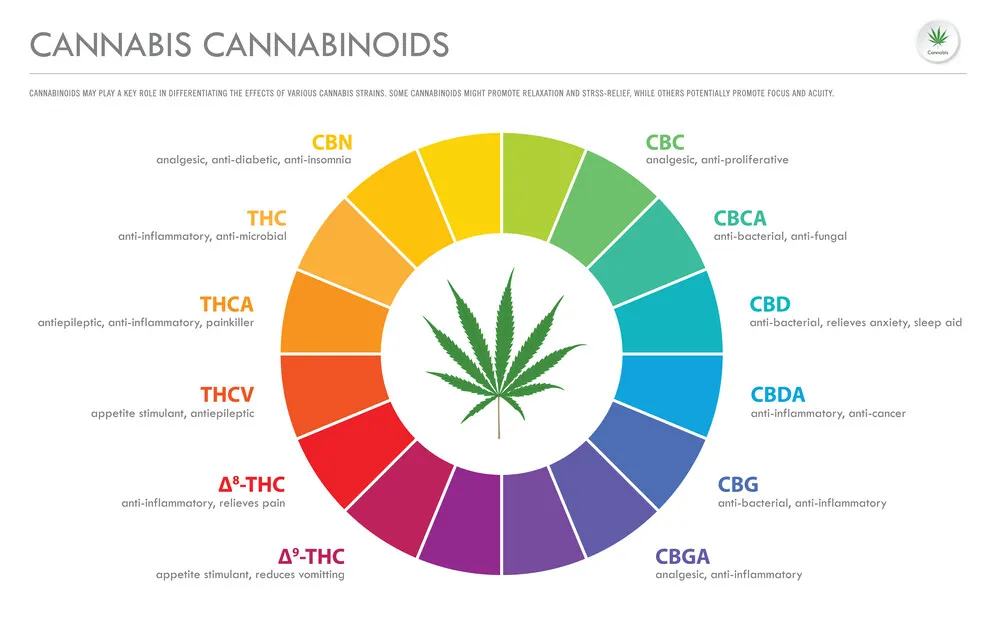
Now, here’s where cannabis comes in. The cannabis plant produces phytocannabinoids, which are similar to the endocannabinoids our bodies naturally make. Two of the most well-known cannabinoids are THC and CBD, and each affects the ECS in different ways.
THC – The High Maker
Tetrahydrocannabinol (THC) is the compound responsible for the euphoric “high” of cannabis. It mimics anandamide and binds directly to CB1 receptors in the brain, producing effects such as:
- Feelings of euphoria and relaxation.
- Increased appetite (a.k.a. munchies!).
- Altered perception of time and space.
- Pain relief and anti-nausea effects.
However, too much THC can overstimulate CB1 receptors, sometimes leading to anxiety, paranoia, or memory lapses.
CBD – The Balancer
Unlike THC, cannabidiol (CBD) doesn’t bind strongly to CB1 or CB2 receptors. Instead, it influences the ECS by:
Blocking FAAH, which helps keep anandamide levels higher, leading to mood-boosting effects.
Interacting with serotonin receptors, which helps reduce anxiety and stress.
Regulating immune response and inflammation, making it helpful for conditions like arthritis and autoimmune disorders. PMC
Medical and Therapeutic Implications of ECS-Cannabis Interaction

Because the ECS is involved in so many essential functions, cannabis has a wide range of medical and therapeutic applications. BioMedicines
Here are some areas where cannabis and the ECS show promise:
Chronic Pain: A Natural Alternative?
If you’ve ever dealt with arthritis, fibromyalgia, or nerve pain, you know how frustrating chronic pain can be. Cannabis, particularly THC and CBD, has been studied for its pain-relieving effects—helping people manage discomfort naturally.
Mental Health: CBD for Stress and Anxiety
Feeling anxious? You’re not alone. Research shows that CBD may help reduce anxiety and even ease symptoms of depression by working with serotonin receptors in the brain. Think of it as a natural stress-buster without the high.
Epilepsy: The FDA Says Yes to CBD
CBD isn’t just hype— A CBD based prescription drug called Epidiolex, is FDA-approved for treating epilepsy in conditions like Dravet syndrome and has helped many patients reduce seizures. FDA
Brain Health: Can Cannabis Help Protect Against Alzheimer’s & Parkinson’s?
Early research suggests cannabis compounds might help protect against neurodegenerative diseases like Alzheimer’s and Parkinson’s. The theory? Cannabinoids have anti-inflammatory and neuroprotective properties that could slow brain cell damage.
Cancer Symptoms: Fighting Nausea, Pain & Appetite Loss
Cancer treatments can be brutal—nausea, loss of appetite, and pain are common side effects. Cannabis, particularly THC, has been used anecdotally to help cancer patients manage these symptoms, making it a popular option for relief.
Sleep: THC vs. CBD—We’re still figuring this one out.
THC and CBD are both widely used to aid falling asleep faster, to improve quality sleep and deep rest, at least anecdotally. Though the research is still in its infancy, there is great interest in how these compounds affect sleep. Do you consume THC or CBD to help with sleep? (The research is still emerging on this)
Wrapping It Up
The endocannabinoid system is an essential part of our body’s regulatory network, and cannabis interacts with it in fascinating ways. Whether it’s THC mimicking anandamide to get you high, or CBD subtly enhancing endocannabinoid function, cannabis has the ability to influence mood, pain, sleep, and much more.
So next time you take a hit, pop a CBD gummy, or sip on a cannabis-infused drink, remember—you're not just enjoying a plant; you're engaging with one of the most complex and essential systems in your body. Science is wild, right?




